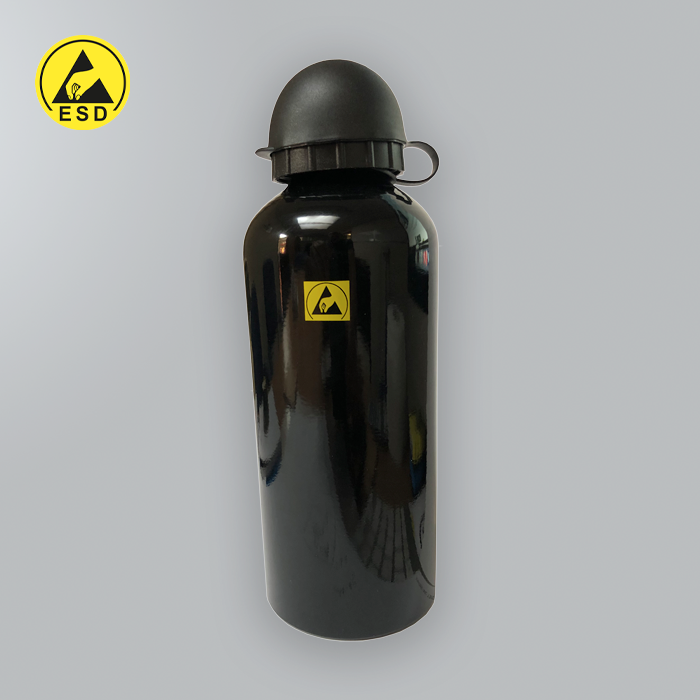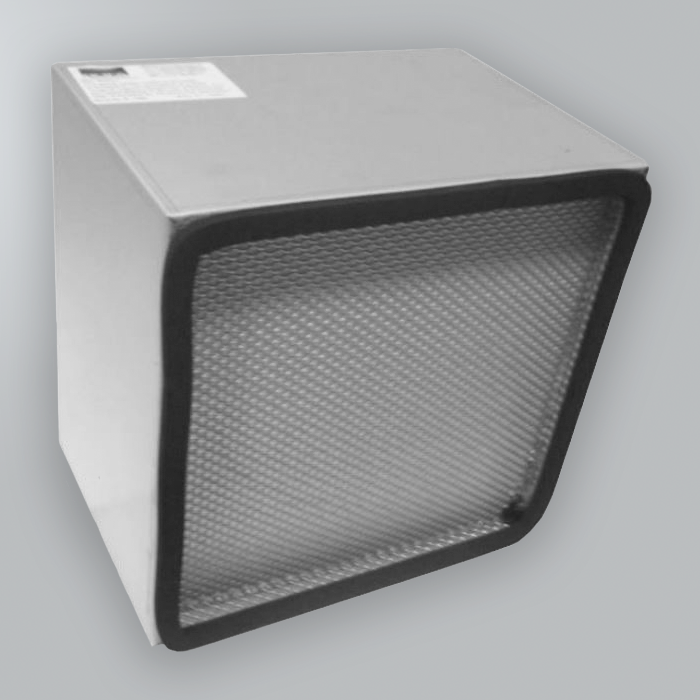
Understanding Electrostatic Discharge (ESD) and Its Impact on Modern Industries
Introduction
Electrostatic Discharge (ESD) refers to the uncontrolled transfer of static electricity between objects with different voltage potentials. A common example of ESD is the small shock one may experience when touching a doorknob after walking on a carpet. While such incidents may seem trivial in everyday life, ESD poses a significant threat in high-tech industries, where it can lead to equipment failure and financial losses.
This document explores the nature of static electricity and ESD, the types of damage ESD can cause, and best practices for mitigating its risks through the use of anti-static products and procedures.
Understanding Static Electricity
Static electricity is a stationary electrical charge, typically generated by friction, which can cause sparks, crackling, or the attraction of dust and hair.
All materials consist of atoms composed of protons (positively charged), neutrons (neutral), and electrons (negatively charged). Under normal conditions, atoms maintain an equal number of protons and electrons, rendering them electrically neutral. However, friction or contact between different materials can result in electron transfer (triboelectric charging), leading to an imbalance of charge. If an insulator retains this charge, it creates static electricity.
What Is Electrostatic Discharge (ESD)?
Electrostatic discharge occurs when two surfaces come into contact, generating friction that creates an electrostatic charge imbalance. Common activities that can generate ESD include:
- Walking on synthetic flooring
- Rubbing synthetic garments
- Moving plastic containers
- Unrolling PVC adhesive tape
- Operating conveyor belts
The extent of static electricity generation depends on several factors, including material type, friction levels, contact area, and environmental humidity. In drier climates, where humidity is lower, static charge accumulation significantly increases.
While ESD events in everyday environments often go unnoticed, even a minor discharge can severely damage sensitive electronic components. In industrial settings, particularly within electronics manufacturing, ESD can cause irreversible harm to circuit boards and microchips, resulting in substantial financial losses. The electronics industry incurs billions in damages annually due to ESD-related failures, underscoring the importance of stringent ESD control measures.
The Consequences of ESD Damage
Electrostatic damage can occur at any stage of a product’s lifecycle, from manufacturing to field service. ESD-related failures fall into two categories:
1. Catastrophic Failure
This type of failure occurs when ESD causes immediate and permanent damage to an electronic component, leading to complete functionality loss. Catastrophic failures are often detected during testing before shipping. However, if undetected, the component may fail in operation, causing significant disruptions.
2. Latent Defect
A latent defect results in partial degradation of a device while it remains operational. Over time, this degradation can lead to premature failure, often at a critical moment. Latent defects are particularly problematic as they are difficult to detect during routine testing and may lead to unexpected operational failures, incurring high repair and replacement costs.
Industries Affected by ESD
ESD presents challenges across various industries, including:
- Electronics Manufacturing: Integrated circuits and microchips are highly susceptible to ESD damage.
- Aerospace: Even minor ESD-induced failures can have catastrophic consequences.
- Laboratories: Static discharge can ignite flammable substances.
- Cleanrooms: Contaminants attracted by ESD can compromise sterile environments.
Managing and Preventing ESD
Mitigating the risks associated with ESD requires comprehensive preventive measures, particularly in environments handling sensitive electronic components. Key strategies include:
Essential ESD Protection Measures
- ESD Mats and Flooring – These dissipate electrostatic charges safely to the ground.
- Wrist Straps and Grounding Cords – Personnel wear these to safely discharge static electricity.
- Heel Grounders and ESD Shoes – Ensure proper grounding when personnel are mobile.
- ESD Garments – Specialized clothing suppresses static fields and prevents charge buildup.
- ESD Gloves – Minimize the risk of discharges when handling components
The Four Golden Rules of ESD Prevention
- Assume all electronic components are sensitive to ESD.
- Handle sensitive components only in an Electrostatic Protected Area (EPA) while properly grounded.
- Store and transport ESD-sensitive items in protective containers.
- Regularly audit and monitor ESD protection measures, both internally and externally (including suppliers).
Establishing an Electrostatic Protected Area (EPA)
An Electrostatic Protected Area (EPA) is a designated space where ESD-sensitive items can be handled safely. Key elements of an EPA include:
- Clear boundary markings with appropriate signage.
- Grounding solutions such as wrist straps, dissipative flooring, and footwear.
- Static-dissipative work surfaces and grounded storage containers.
- ESD-safe packaging for transporting sensitive components.
- Routine testing of personal grounding equipment.
- Exclusion of unnecessary insulative materials, or the use of ionizers for neutralization.
- Comprehensive staff training on ESD handling procedures.
Conclusion
Electrostatic Discharge (ESD) poses a significant challenge in high-tech industries, where it can lead to costly failures and reduced product reliability. By implementing stringent ESD control measures, organizations can protect sensitive components, enhance product quality, and minimize financial losses. Establishing an Electrostatic Protected Area (EPA) and following best practices in ESD prevention ensures a controlled environment where electronic components can be handled safely and effectively.













